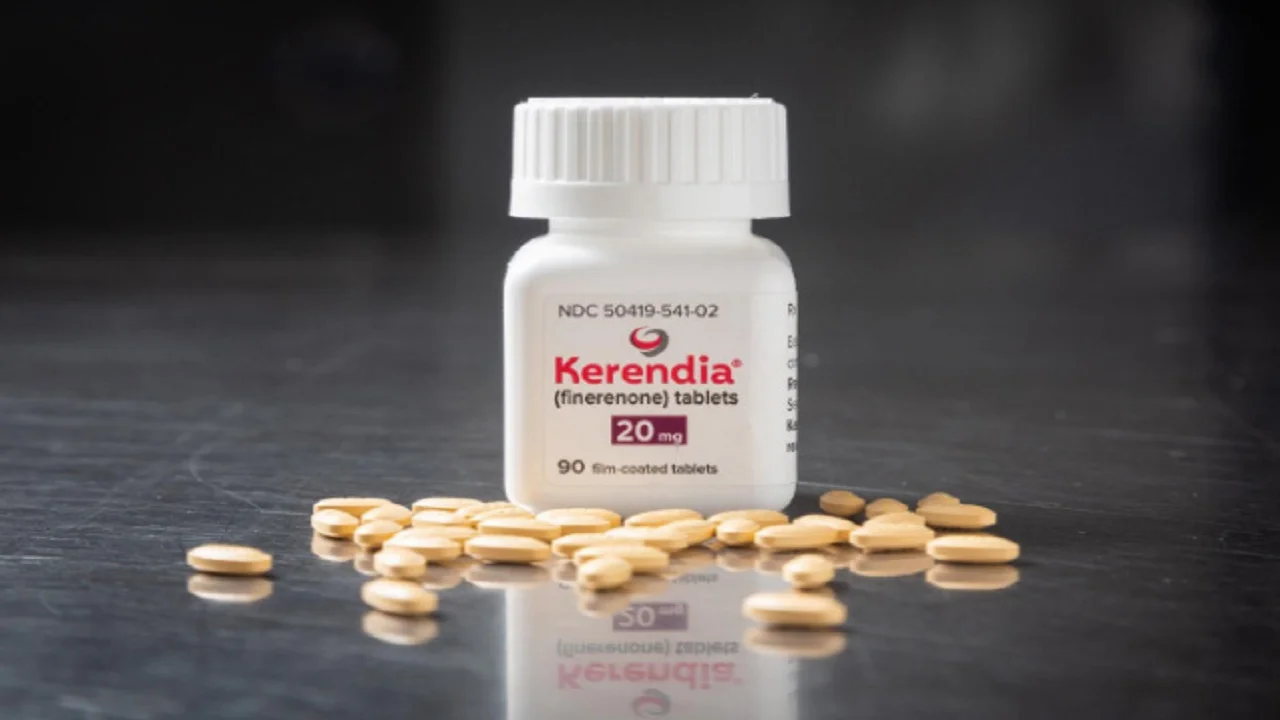
Outcomes of Discontinuing Drug Treatment in HFrEF: Key Points
The following are key points to remember from a state-of-the-art review on the consequences of discontinuing long-term drug treatment in patients with heart failure and reduced ejection fraction (HFrEF):
- Guideline-directed medical therapy (GDMT) is recommended by all clinical guidelines for HFrEF patients, as supported by randomized clinical trials that establish their efficacy. However, persistent benefits with continuing medical therapy in HF are ideally addressed by withdrawal trials.
- Withdrawal of drug therapy in HF patients can be associated with four types of response. The first type is associated with tolerance to the medication while on treatment with no clinical changes with drug discontinuation. This is noted with continued nitroglycerin infusion or oral nitroglycerin use without an appropriate nitrate-free period in administration. It has also been noted for HF patients receiving continued hydralazine monotherapy, alpha receptor inhibitors such as prazosin, and beta-adrenergic stimulators such as dobutamine.
- A second type of response to drug withdrawal is associated with tolerance to medication on treatment but with rebound worsening of clinical condition on discontinuation. This has been noted with intravenous nitroprusside due to activation of counter-regulatory mechanisms while on the infusion leading to loss of response to the agent. However, with discontinuation of nitroprusside, these counter-regulatory mechanisms are unchecked and lead to worsening clinical status.
- With some agents, short-term benefits are noted in HF but they increase long-term risk of worsening cardiac function by either increasing intracellular cyclic AMP or other mechanisms increasing intracellular calcium. This has been noted with flosequinan, an inodilator that was briefly approved for use in the United States due to a trial showing increased mortality risk on the agent but drug withdrawal worsened clinical status for patients. Similar response has been noted with other inodilators such as amrinone and milrinone. Therefore, worsening clinical status once these agents are withdrawn does not reliably indicate that the drug is exerting a beneficial long-term effect.
- Several drugs show a persistent beneficial effect that dissipates when the drug is withdrawn. Several prior trials (PROVED, RADIANCE, DIG, Milrinone Multicenter Trial, and Captopril-Digoxin Multicenter Trial) that have evaluated digoxin against placebo show that digoxin has long-term benefits that dissipate after discontinuation, leading to worsening quality of life and exertional capacity. However, all these studies were in patients not receiving beta-blockers and there are ongoing trials evaluating digoxin efficacy in patients on contemporary HFrEF GDMT.
- Trials assessing diuretic withdrawal suggest worsening symptoms with fluid retention, especially in patients on more than furosemide 80 mg daily. For patients on lower doses of diuretics, stabilization may be possible with neurohormonal antagonists but larger and long-term studies are needed to definitively establish this.
- The authors note that data from large clinical trials showing persistent long-term benefits from current GDMT are lacking. TRED-HF randomized stepwise discontinuation of GDMT in 51 asymptomatic patients with recovered EF, which showed that more patients in the withdrawal group met the primary endpoint of >10% reduction in EF, increase in left ventricular end-diastolic dimension by >10%, or two-fold increase in B-type natriuretic peptide (BNP) levels or clinical deterioration.
- Smaller, uncontrolled, early studies suggest that withdrawal of beta-blockers and angiotensin antagonists are associated with worsening symptoms. Observational data suggest that withdrawal of GDMT is associated with worsening outcomes. While confounding can never be entirely eliminated in such studies, these data suggest worsening functional status and reversal of improved ventricular function with discontinuation of angiotensin receptor/neprilysin inhibitors and mineralocorticoid receptor antagonists. Discontinuation of beta-blockers was associated with increased risk for death and hospitalization. These data support continued emphasis on both initiating GDMT and avoiding short-term gaps in treatment with them.
- In an open-label study of cardiac resynchronization therapy recipients who normalized their EF, patients were randomized to control group, withdrawal of beta-blocker, withdrawal of renin-angiotensin-aldosterone system (RAAS) inhibitors, and withdrawal of beta-blockers and RAAS inhibitors. No differences were observed in the four groups over 24 months.
- For sodium-glucose cotransporter-2 inhibitors, the EMPEROR trials had a forced withdrawal of study medication (empagliflozin vs. placebo) at the end of the double-blinded phase. With drug withdrawal for 30 days, risk for HF hospitalization or cardiovascular death with worsening health status measures was higher in the group withdrawn from empagliflozin but did not change for those withdrawn from placebo. These data suggest persistent benefits with empagliflozin years after treatment has been initiated that dissipate rapidly with drug withdrawal.







